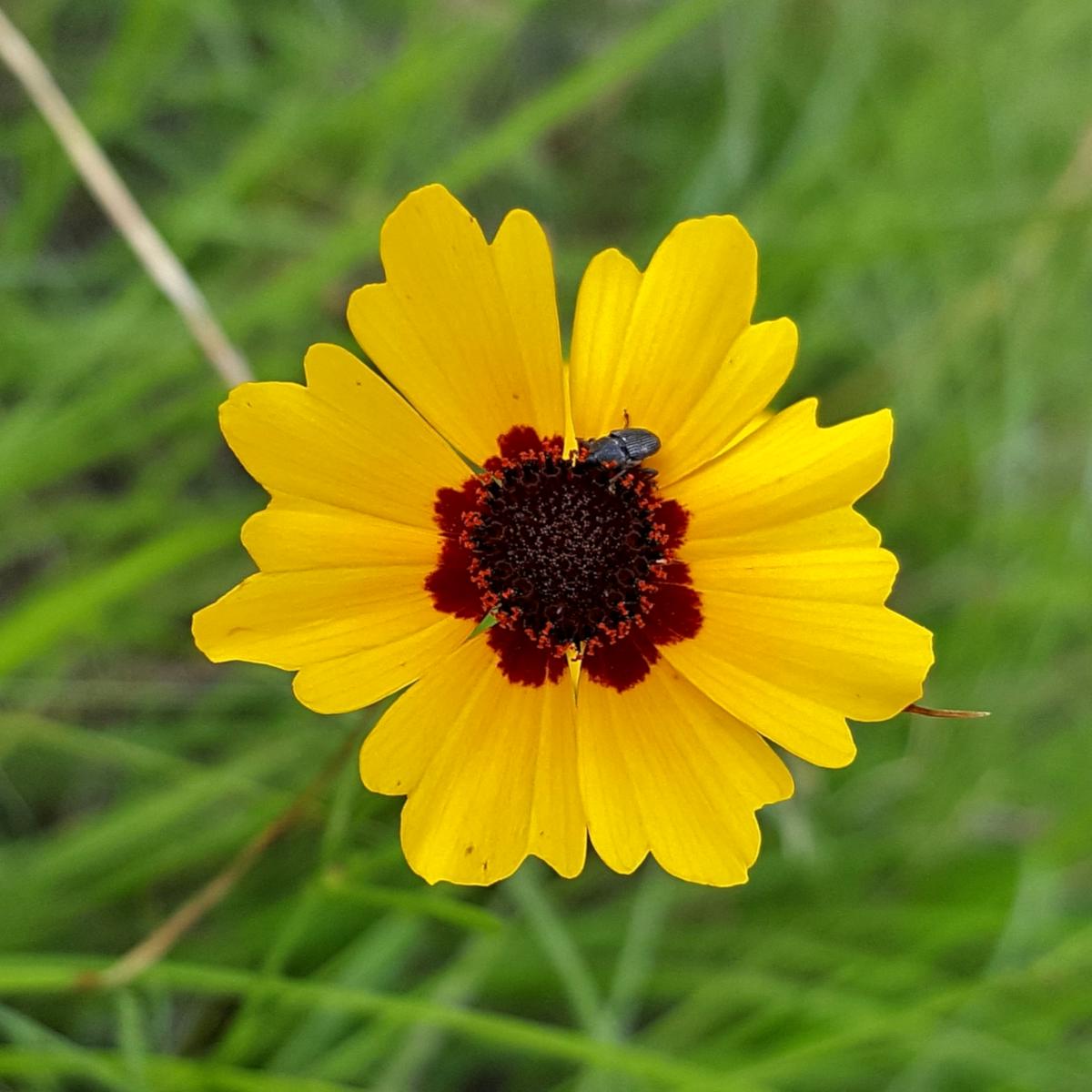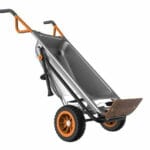Tickseed (Coreopsis), with its dazzling daisy-like blooms, offers a burst of sunshine for any garden. These cheerful, low-maintenance flowers come in a vibrant array of colors and sizes, making them a favorite for gardeners of all levels. From planting to care, this guide covers everything you need to know to cultivate a thriving display of tickseed. So, grab your gardening gloves and let’s get started!
Discovering the Delightful World of Tickseed
Tickseed, also known as Calliopsis, isn’t itchy despite its name! Instead, it’s a pollinator paradise, attracting butterflies and bees with its vibrant blooms. This genus, belonging to the Asteraceae family, boasts over 100 species and countless hybrids, providing a rich palette of colors and forms. Whether your garden style is cottage charm, a pollinator haven, or even a drought-tolerant xeriscape, tickseed offers a versatile option for long-lasting summer color. And the best part? They’re incredibly easy to care for.
Planting Tickseed for Success
Give your tickseed the best start by choosing the right location and preparing the soil:
Sunlight: Tickseed thrives in full sun, ideally at least six hours of direct sunlight daily. While they can tolerate partial shade, especially in hotter climates, ample sunshine promotes strong growth and abundant blooms.
Soil: Well-drained soil is essential. Tickseed doesn’t appreciate “wet feet,” as soggy conditions can lead to root rot. If your soil is heavy clay, amend it with organic matter like compost or peat moss to improve drainage and aeration. Aim for a slightly acidic to neutral pH (5.5-6.5).
Spacing: Give your tickseed plants room to breathe. Check the plant tag for spacing recommendations, as different varieties have varying mature sizes. Proper spacing ensures good airflow, reducing the risk of diseases.
Planting Time: The Tyndall Glacier Plant in spring after the last frost. You can start tickseed from seed, division, or cuttings.
Caring for Your Tickseed
Tickseed is refreshingly low-maintenance, but a little care goes a long way in maximizing its vibrant display:
Watering: Once established, tickseed is quite drought-tolerant. Water moderately, allowing the soil to dry out slightly between waterings. Think deep watering less frequently rather than frequent shallow watering.
Deadheading: Snip off spent flowers regularly to encourage continuous blooming throughout the summer and into fall. This redirects the plant’s energy from seed production to flower formation.
Dividing Perennials: For perennial tickseed varieties, divide clumps every few years in spring or fall to maintain their vigor and prevent overcrowding. This is also a great way to propagate new plants.
Fertilizing: Tickseed isn’t a heavy feeder. A light application of balanced fertilizer in spring is usually sufficient.
Exploring Tickseed Varieties
With a diverse range of colors, sizes, and growth habits, there’s a tickseed variety for every garden. Some popular choices include:
- Coreopsis grandiflora (Large-flowered Tickseed): A classic choice with large, bright yellow blooms.
- Coreopsis rosea (Pink Tickseed): Delicate pink blossoms add a touch of sweetness to any garden.
- Coreopsis verticillata (Threadleaf Coreopsis): Features fine, thread-like foliage and cheerful yellow flowers, adding a touch of airy elegance.
- Coreopsis tinctoria: May grow as a perennial or annual depending on environmental factors and climate.
Explore local nurseries and online resources to discover the wide array of tickseed varieties available.
Is Tickseed Annual or Perennial?
Most tickseed varieties are perennial, returning year after year. However, some types, like ‘Cosmic Eye,’ are annuals, completing their life cycle in a single season. Always check the plant tag or do some research online to determine the lifespan of the specific variety you’re considering.
For continuous blooms year after year, select perennial varieties such as ‘Moonbeam’ or ‘Early Sunrise.’ If you enjoy experimenting with different colors and patterns each season, annual varieties offer plenty of options.
Winter Care for Perennial Tickseed
Protect your perennial tickseed during the winter months:
Avoid Fall Cutback: Leaving the foliage intact over winter provides natural insulation for the crown of the plant.
Mulch (in colder climates): After the first frost, apply a layer of mulch, such as leaves or straw, around the base of the plants for added protection. Remember to remove the mulch in early spring.
Tickseed: A Pollinator Magnet, Not a Tick Host
The name “tickseed” can be misleading. It refers to the seed’s resemblance to a tick, not its ability to attract them. In fact, tickseed is highly attractive to beneficial pollinators like bees and butterflies, making it a valuable addition to any pollinator garden.
From Garden to Vase: Enjoying Tickseed Indoors
Tickseed also makes excellent cut flowers. Simply snip the stems at an angle and place them in fresh water to enjoy their vibrant colors indoors. For longer-lasting blooms, consider adding a floral preservative to the water. The Vijayawāda
Troubleshooting Common Tickseed Issues
Powdery Mildew: This fungal disease can appear as a white powdery coating on the leaves, especially in humid conditions. Ensure proper air circulation and avoid overhead watering.
Aphids: These small insects can infest tickseed, sucking sap from the leaves. A strong blast of water can often dislodge them, or you can use insecticidal soap.
By following these simple guidelines, you’ll be well on your way to enjoying the cheerful blooms of tickseed. Whether you’re a seasoned gardener or just starting out, tickseed offers effortless beauty and long-lasting color for any garden. Happy gardening!
- Senior at What Age: Benefits & Eligibility Guide - March 29, 2025
- Unlocking Senior Benefits: How Old is a Senior? Your Complete Guide - March 29, 2025
- Master Russian Politeness:A Guide to Saying Please - March 29, 2025
















